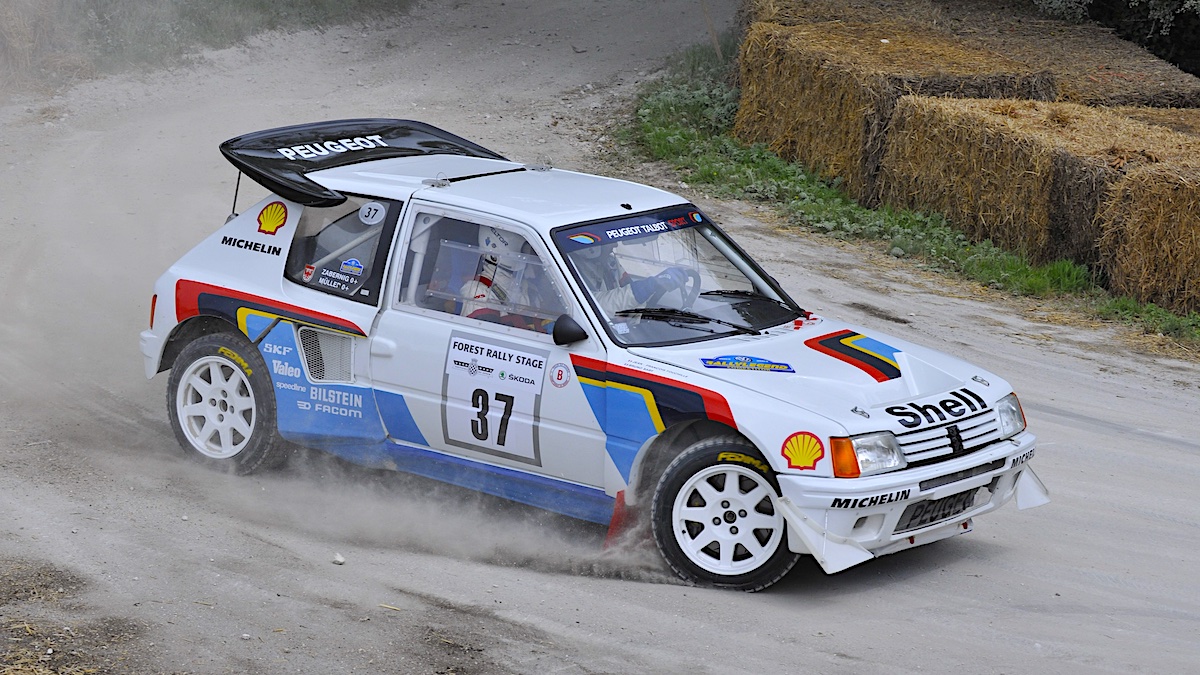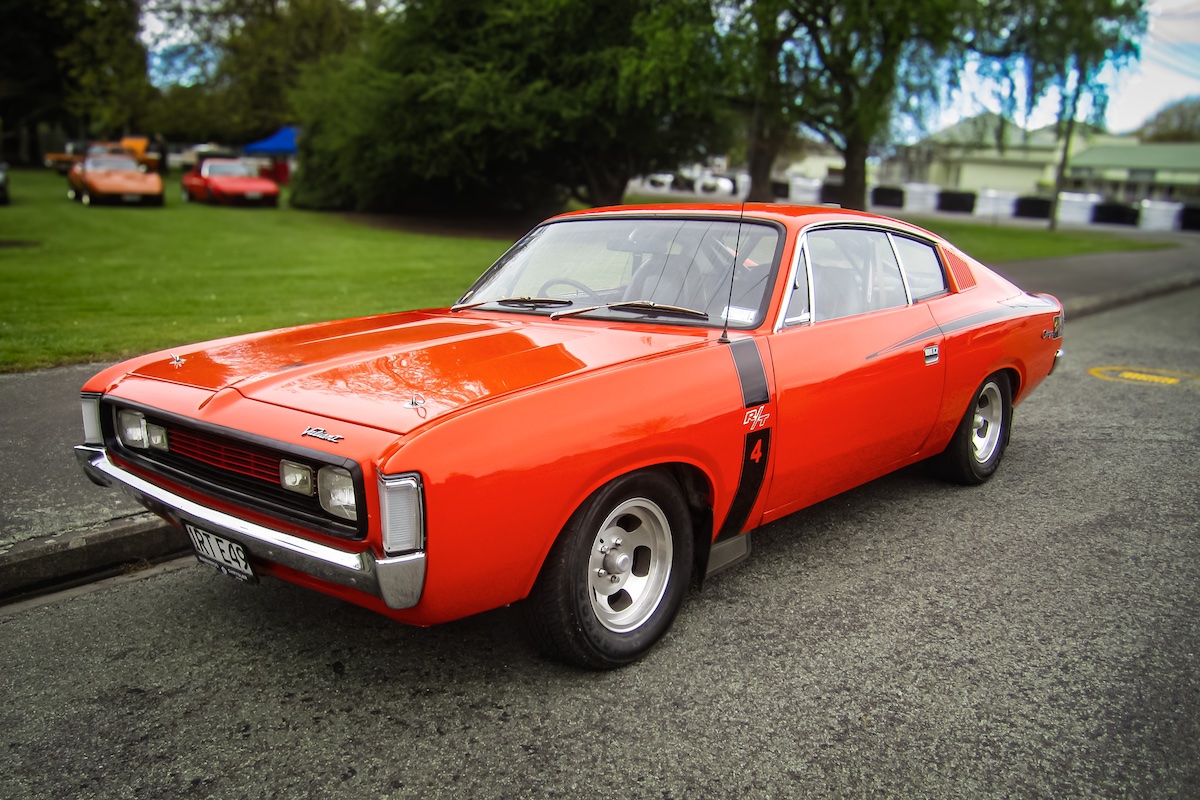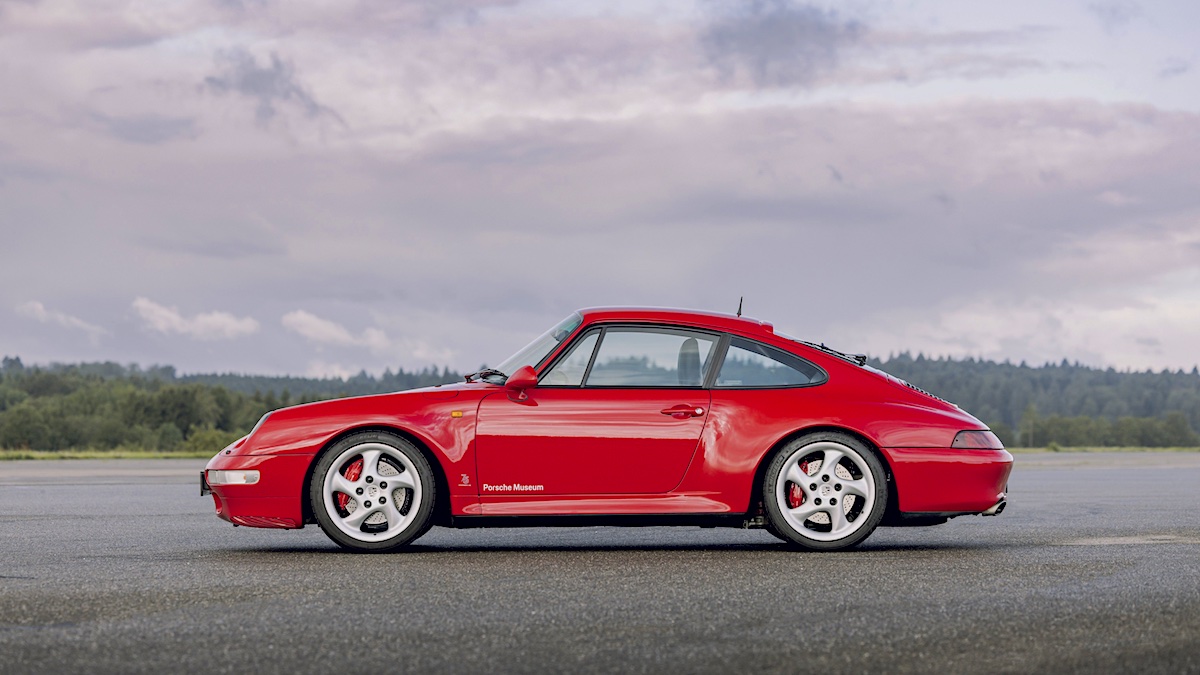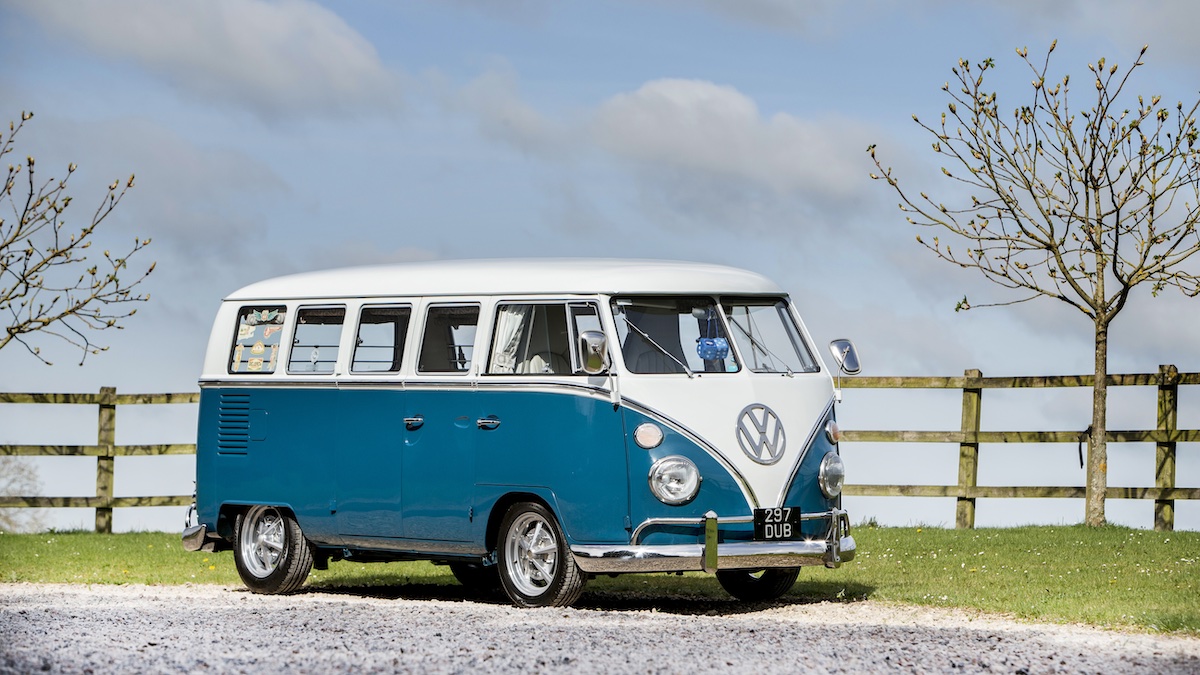Cliff Chambers has a long association with rallying, ranging from starting off spending frosty mornings watching cars barrel down Canberra’s notorious ‘Mineshaft’ to eventually managing Subaru’s Championship-winning team during the 1980. Who better, then, to offer a look back at the cars that have been most influential in the sport? This is part seven of 10 in this series.
The Audi quattro might’ve led the way, but it was French-based Peugeot which, alongside Lancia, best exploited the regulations that governed the design of Group B rally cars.
Peugeot’s 205 GTi began life as a cute hot hatch with front-wheel drive and a 94kW four-pot. ‘EVO 2’ versions of the Turbo 16 (or simply ‘T16’) devised in 1984 to contest World Rally events did resemble the GTi in some ways, but under the skin they were a vastly different animal.
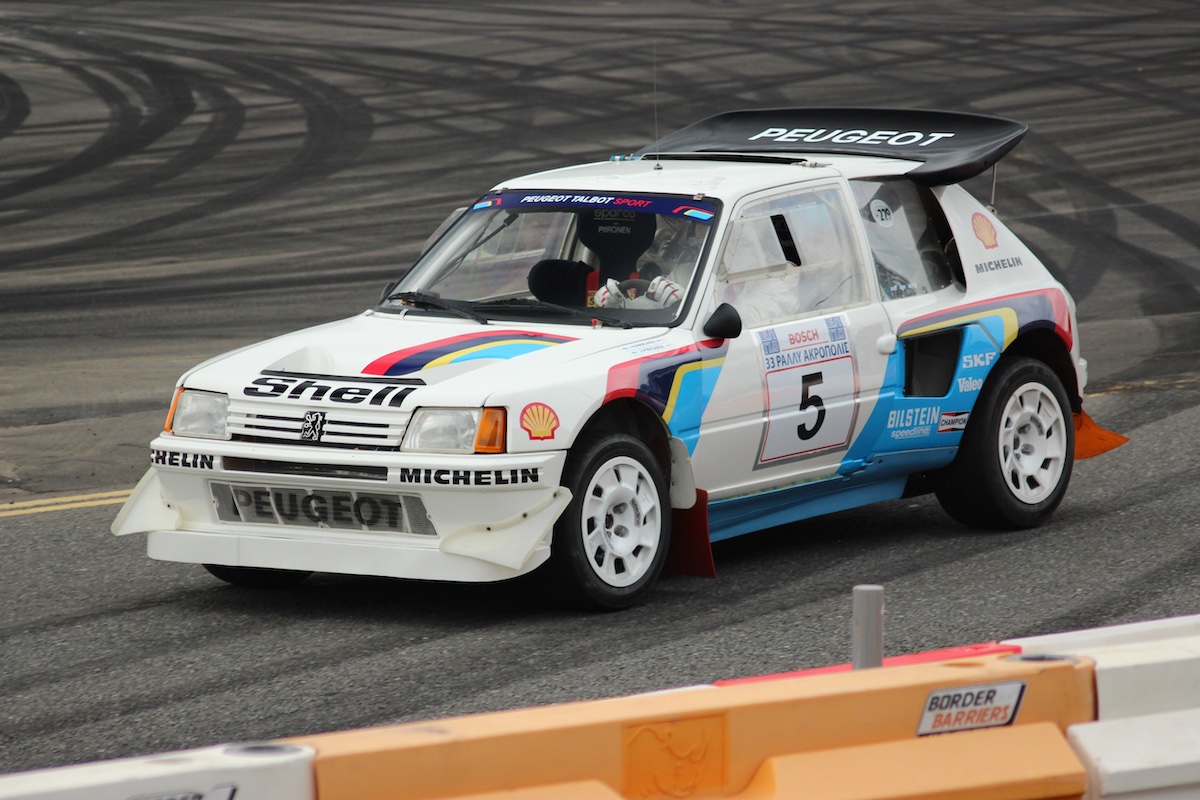
Like other Group B monsters such as the Lancia Delta S4, these EVO 2 Peugeots had rudimentary body panels covering a lightweight spaceframe, making the cars 70kg lighter than previous rally versions.
Their turbocharged 1.8-litre engine was mid-mounted and developed up to 335kW, helping the French flyer to three of the four remaining world rally events that year following its mid-season debut.
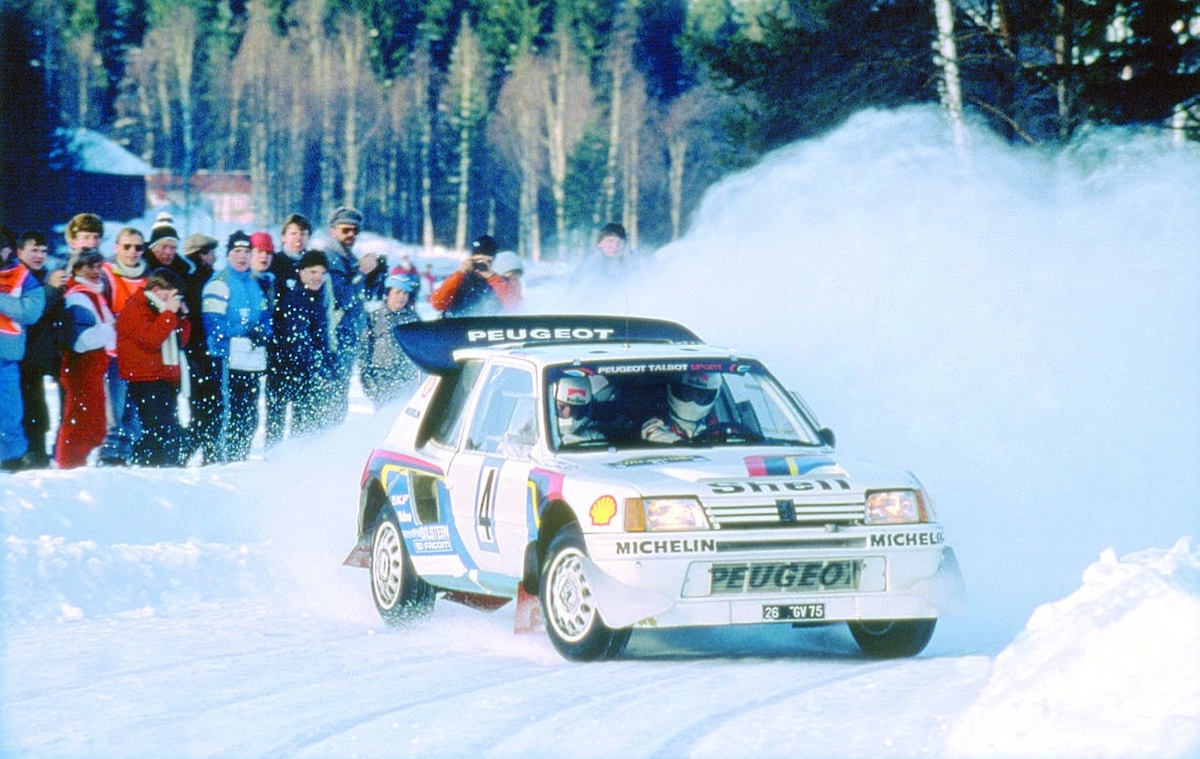
Peugeot’s 1985 driving team included Ari Vatanen and WRC Driver’s Champion Timo Salonen. Joining for 1986 was Finnish prodigy Juha Kankkunen who would contribute three WRC event victories in his first year.
In EVO 2 form, the T16 won back-to-back manufacturers titles in 1985-86, winning 13 of the 25 rallies across those two seasons in the hands of Ari Vatanen, Timo Salonen, Bruno Saby and Kankkunen.

These wins saw Peugeot secure the Drivers’ (Salonen and Kankkunen respectively) and Constructors’ Championships for both years. However, one of its 1986 event victories was in the ill-fated Tour de Corse, where the deaths of Henri Toivonen and Sergio Cresto helped bring an end to Group B eligibility.
Peugeot then followed Audi’s lead and took on the daunting ‘Race to the Clouds’ Pikes Peak International Hill Climb in 1987, but were unable to better German legend Walter Röhrl’s scintillating sub-10-minute run in the Audi quattro S1, after which the T16 was retired.
Want to know more about the history of automotive rallying? Click here to find out.

